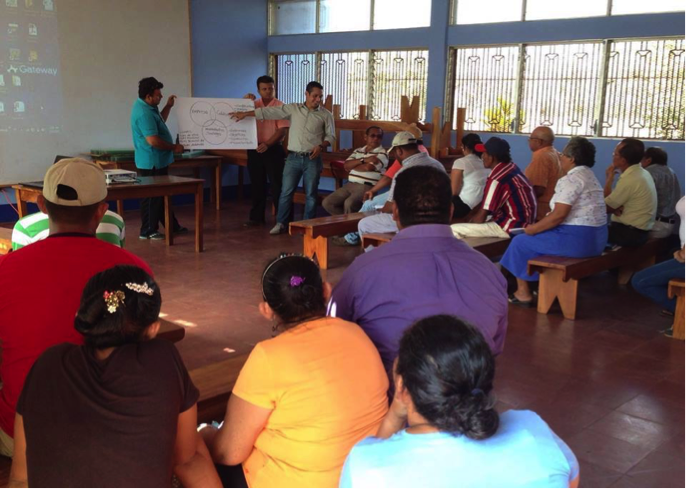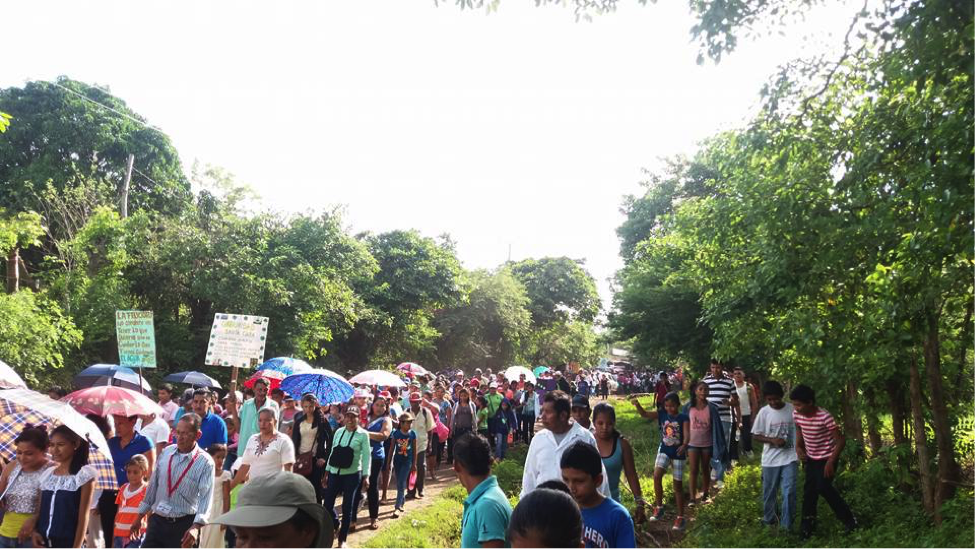by Bernis Cunningham (ELP 2015) | Legal Advisor, CAC Consultora Legal, Nicaragua
I confess that the victory of Donald Trump was not a surprise for me. He was the authentic candidate; you knew what you were getting. The new US administration will have enormous consequences in Central America, especially in Climate Change issues. Due to its geographical characteristics, the countries of Central America, Mexico and the basin of the Caribbean are countries highly vulnerable to the adverse impacts of climate change (The Global Climate Risk Index 2017; Who Suffers Most From Extreme Weather Events?; Weather-related Loss Events in 2015 and 1996 to 2015).
“People all over the world have to face the reality of climate variability and in many parts of the world an increasing variability. Between 1996 and 2015, more than 528 000 people died worldwide and losses of US$ 3.08 trillion (in PPP) were incurred as a direct result of almost 11 000 extreme weather events.” The UNEP Adaptation Gap Report 2016 warns of increasing impacts and resulting increases in global adaptation costs by 2030 or 2050 that will likely be much higher than currently expected: “two-to-three times higher than current global estimates by 2030, and potentially four to-five times higher by 2050” (https://germanwatch.org/de/download/16411.pdf).
The political messages in the energy debate in the US are scary. In Central America we have to strengthen our resilience mechanics to the reality of climate change. In Nicaragua, for example, we need structural reforms – a reform in our educational system. We need a quality educational system that prepares the people of the country for the challenges of our time. We need modernization of production processes, diversification of the economy, conservation of the forest, among others.
PROJECTS
In the frame of my work in the Nicaraguan Center of Environmental Conservation, I am developing a climate change law with collaboration of the Nicaraguan Alliance to Climate Change (http://anacc.org.ni/). We are working on the formulation of a project of law of adaptation to climate change. This project of law has been consulted in those territories that will be affected from climate change. Nicaragua is not a large emitter of greenhouse gases, and our energy matrix is between 50% energy renewable. The challenge our country faces is to stop the deforestation of our forest, especially in our natural reserve Bosawas e Indio Maiz. Our challenge is to build resilient mechanisms to climate change effects. The climate is something that we can’t control; the vulnerability will be built by us.
The Nicaraguan Center of Environmental Conservation has been working since 2015 on a project to strengthen the capacity of the leadership of the social movements in communities and territories that have been affected by the drought and the expansion of the sugar cane monoculture. We performed 4 trainings in agrochemicals, formulation of projects, extractive industries, and general water law, strengthening the capabilities of more than 250 people in its fight for equitable water governance in areas affected by the expansion of sugar cane plantations. We support the community in a march and an ecological festival.
October 1, 2016, Marcha por el Agua
All the people that are involved in any way in the processes of conservation, environmental sustainability, and human development sustainability have to reflect on new strategies that have a positive impact in environmental reality. We have to make a checklist on projects that have been successful.
I think that ELP alumni and UC Berkeley alliance have much more potential to expand the knowledge and quality education experiences around the world. Definitely, the ELP experience has helped me in the success of the projects I am working on. We need more ELP!


